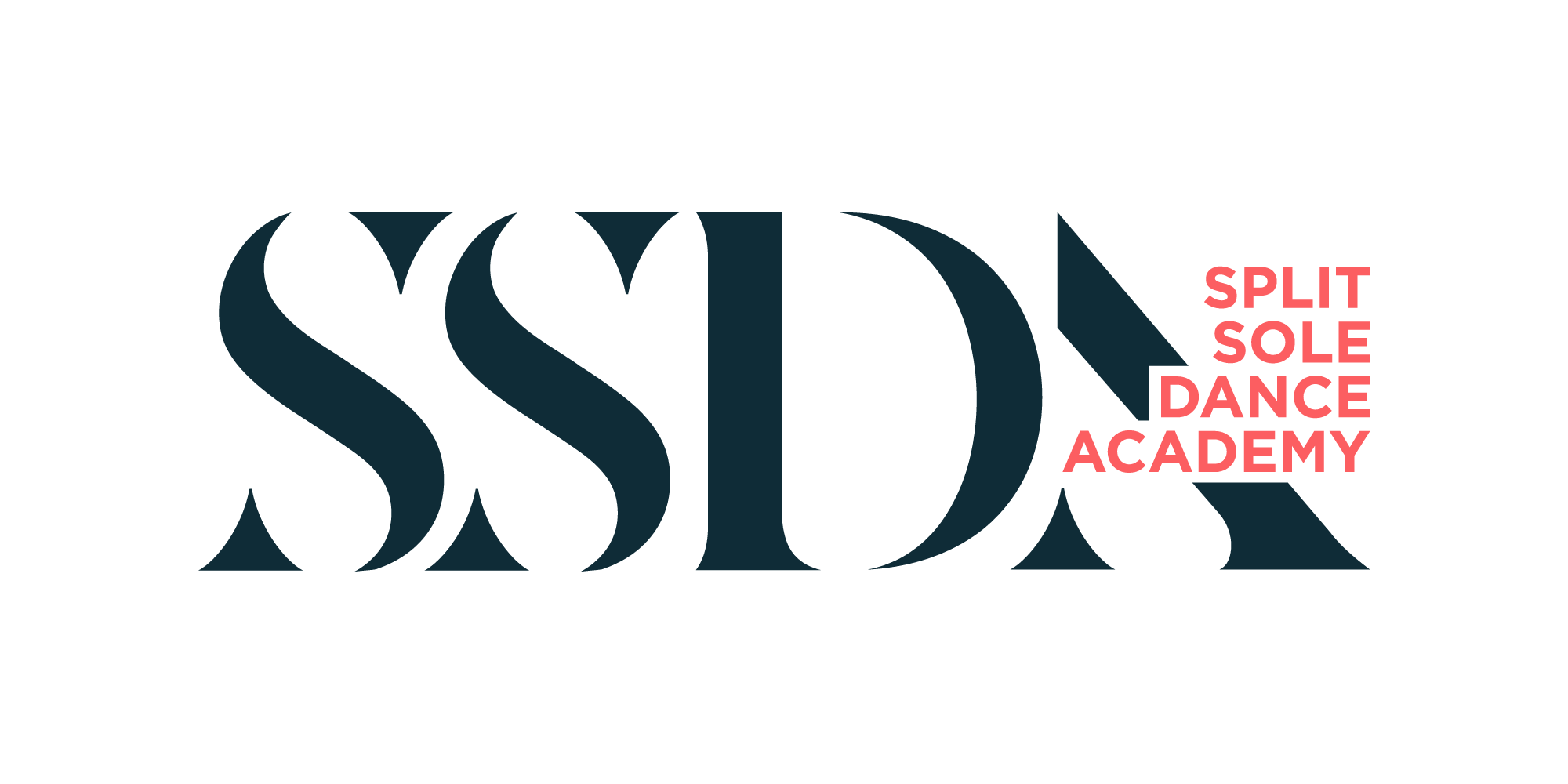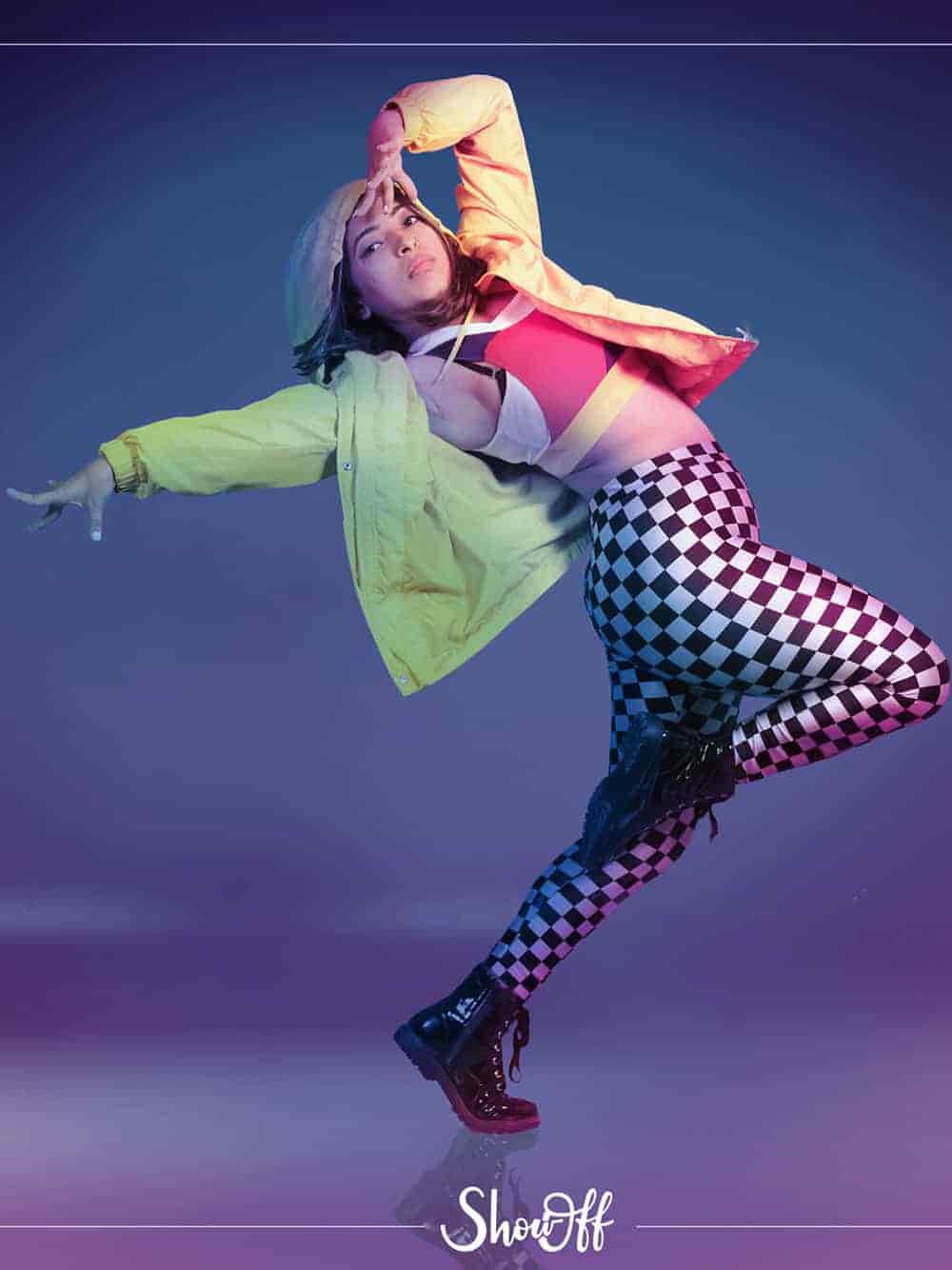Contemporary dance is a prestigious genre of dance that is performed in societies all over the world and is enjoyed by both young and old people. Contemporary dance, which emerged in the twentieth century, incorporates elements of movement from various other genres such as jazz, modern, and ballet. While contemporary dance is popular throughout the world, it is most popular in the United States and Europe. Also read about Hip-Hop dance here.
The conscious use of gravity, in contrast to ballet, is another feature of modern dance. Modern dancers frequently employ their body weight to improve movement, whereas classical ballet dancers seek to be light and airy on their feet. This sort of dancer opposes the traditional ballet stance of an upright, erect body, preferring to tumble to the floor on purpose.
KEY FEATURES OF CONTEMPORARY DANCE
Contemporary dance, unlike historical forms of dance, is seen to be less constrained by rigidity and rules. This genre’s dancers have the capacity to change the course of a presentation based on their personal interpretations. This is accomplished by focusing on certain methods, such as strong ballet-influenced leg motions, fall and recovery, floor work, and further improvisational components. It is typically done barefoot to enable for further fluid motion and contact to the dance surface.
The concept of improvisation is one of the most significant parts of contemporary dance. While some styles of dance, such as ballet, are stiff and regulated, contemporary dance depends on fluidity and improvisational movement to elicit a variety of emotions in the audience. It also gives the dancer complete creative freedom to perform an emotionally charged performance that they can relate to.
Contemporary dance nowadays is very expressive and has a wide range of applications. Traditional dance performances are still popular, but it is increasingly being employed in art, theatre, music videos, and films. The dancer can use the impact of a tale and music to create characters and full theatrical presentations that deviate from more traditional ways due to the genre’s adaptability.
Modern dance enables dancers to create their own steps and sequences based on their feelings and moods. Instead of following a codified code of technique, as in ballet, dancers frequently design unique moves for their routines.
Who invented contemporary dance and when did it begin?
Many features of modern and contemporary dance are similar; they are, in a sense, branches from the same root. Ballet was linked with theatrical dance performances in the nineteenth century. Ballet is a formal discipline that arose from court dance during the Italian Renaissance and gained popularity thanks to Catherine de’ Medici’s patronage.
Several dancers started to break the ballet mould at the turn of the century. Francois Delsarte, Loe Fuller, and Isadora Duncan were among those who established their own different style of movement based on their own philosophies. All of them focused on physical and emotional expression rather than formal procedures.

